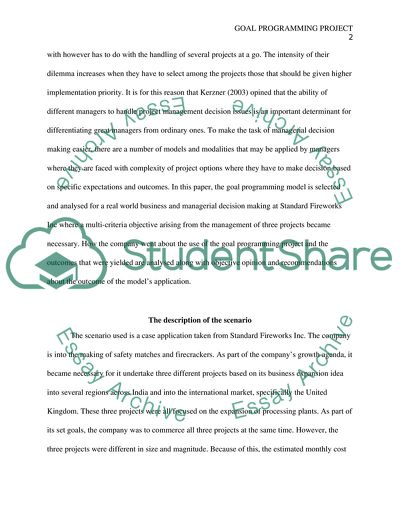Cite this document
(Goal programming project Lab Report Example | Topics and Well Written Essays - 2500 words, n.d.)
Goal programming project Lab Report Example | Topics and Well Written Essays - 2500 words. https://studentshare.org/finance-accounting/1874312-goal-programming-project
Goal programming project Lab Report Example | Topics and Well Written Essays - 2500 words. https://studentshare.org/finance-accounting/1874312-goal-programming-project
(Goal Programming Project Lab Report Example | Topics and Well Written Essays - 2500 Words)
Goal Programming Project Lab Report Example | Topics and Well Written Essays - 2500 Words. https://studentshare.org/finance-accounting/1874312-goal-programming-project.
Goal Programming Project Lab Report Example | Topics and Well Written Essays - 2500 Words. https://studentshare.org/finance-accounting/1874312-goal-programming-project.
“Goal Programming Project Lab Report Example | Topics and Well Written Essays - 2500 Words”. https://studentshare.org/finance-accounting/1874312-goal-programming-project.


